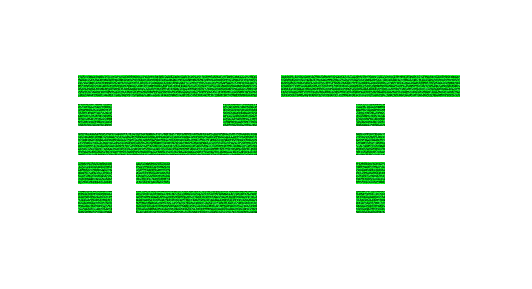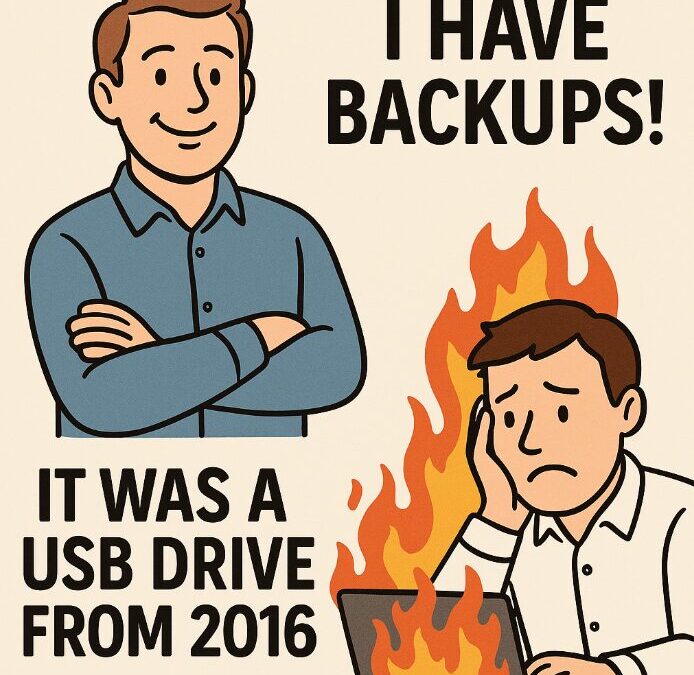Let’s talk straight, West Texas: business backup best practices are often misunderstood or ignored—especially by smaller businesses that assume a flash drive or synced folder is enough.
Many local businesses think they’re protected because they save data to a flash drive, an external hard drive, or use a cloud sync tool. But when disaster strikes—whether it’s ransomware, hardware failure, or human error—those methods usually fall short.
Common Backup Mistakes West Texas Businesses Make
Here are some myths we frequently encounter in our Lubbock area community:
- “I’ve got my data copied to another drive. I’m fine.” That sounds okay until both drives fail or a fire takes out your entire office.
- “Cloud services like Dropbox and Google Drive are enough.” These tools sync files but don’t retain enough history to protect against ransomware.
- “I’ll remember to manually back it up.” You’re busy running a business—manual backups always get skipped eventually.
What Should Your Backup Actually Look Like?
A solid backup system for West Texas businesses includes three essentials:
- Automatic Backups: They should run without you having to think about it.
- Regular Monitoring and Testing: You need to confirm your backups actually work—before you need them.
- Historical Backups (Versioning): This protects you from ransomware and accidental file deletions.
Backup Best Practices: The 3-2-1 Rule
A simple rule can help protect your data: the 3-2-1 rule.
- 3 copies of your data: the original and two backups.
- 2 types of storage media: like external hard drives, cloud services, or a NAS.
- 1 copy offsite: to shield you from disasters like fires, floods, or theft.
Why Just One Backup Isn’t Enough: Historical Backups Explained
If you keep only one backup version, you’re at risk. Many threats—like ransomware—go undetected for days or weeks. If you only have the latest copy, that backup might already be compromised.
When you maintain historical backups, you can:
- Restore files from earlier versions if something goes wrong.
- Recover from ransomware attacks that encrypt your most recent data.
- Undo accidental deletions or data changes even if the mistake wasn’t caught right away.
Quick Backup Audit for West Texas Businesses
Ask yourself:
- Are your backups automated and hands-free?
- Can you recover files from different points in time?
- Do you test and verify your backups regularly?
- Is at least one backup stored somewhere offsite?
If you answered “no” to any of those, you’ve got a gap in your protection.
Next Steps: Protect Your Business Today
You don’t have to figure all this out alone. At Robb.Tech, we help West Texas businesses build bulletproof backup systems that fit their needs and budget.
Don’t wait for disaster to strike. Contact us today and we’ll ensure your business data is protected properly.
Additional Reading
- Learn more about ransomware protection from the Cybersecurity & Infrastructure Security Agency (CISA).
- Review industry-recognized NIST Data Backup Guidelines for more best practices.

